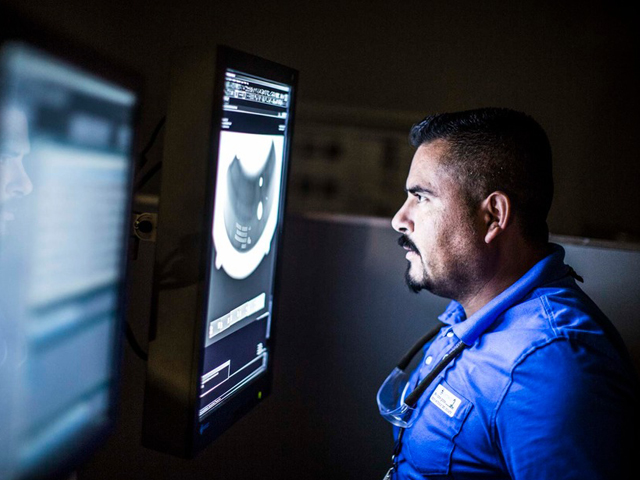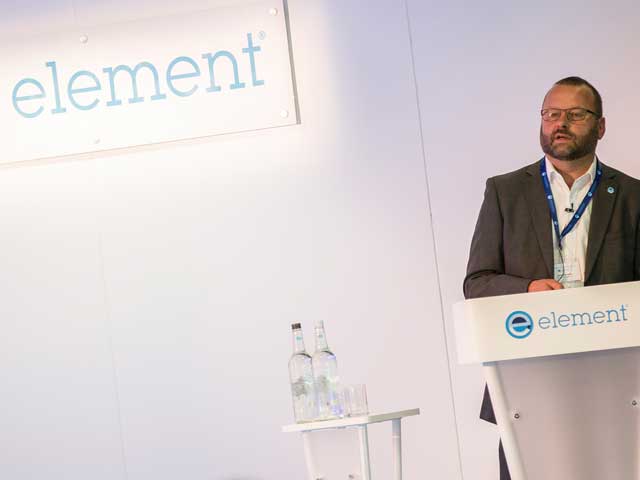Element can evaluate the Degree of Sensitization (DoS) on-site using a non-destructive Double Loop Electrochemical Potentiokinetic Reactivation (DL-EPR) test method, to provide you with faster and more effective test results.
Sensitization in austenitic stainless steels causes the susceptibility of materials to Intergranular Corrosion (IGC) and Polythionic Acid Stress Corrosion Cracking (PASCC), which are well-known phenomena in the chemical and petrochemical industries.
There are several methods for determining whether the material is sensitized, such asASTM A262 practice E, however these methods are destructive and cannot be carried out in the field.
As part of ouron-site metallographic testing and analysis, Element can perform a non-destructive DL-ERP testing of austenitic alloys on-site to determine the degree of sensitization and deliver much easier and faster results than laboratory tests.
Double Loop Electrochemical Potentiokinetic Reactivation (DL-EPR) test method
Our Engaged Experts carry out the test on-site by attaching a test tube to the prepared surface. We can run a polarization scan from 100 mV below OCP (~ -500mV) to approx. 500mV and immediately reversed. From this cyclic scan we can determine the maximum current density for the activation cycle (Iac) and the reactivation cycle (Ireac).
DoS value and grain size
The DOS-value is the ratio of Ireac/Iac. As grain size can have a huge influence on the DoS measurements, results obtained directly from the DOS test have to be corrected for grain size. Element will carry out areplica examination testing检查表面determine the grain size and provide qualitative results regarding the amount, distribution and nature of precipitation. The combination of DoS testing with Replica testing will give a quantitative and qualitative assessment of the material condition.
Limitations of on-site DL-PR and DoS
The DOS-value produced is a relative term (%) and not the absolute current densities. Equipped with state-of-the-art laboratories and the latest testing equipment, Element’s Engaged Experts offer effective approaches to perform DL-EPR and measure DoS more accurately when conducted on-site.
我们意识到边缘效应可能to occur during testing, and our experts ensure that these effects and inaccuracies are canceled out. We complement our on-site capabilities with additional laboratory tests where necessary and we have been actively developing acceptance criteria for on-site measurements.
For more information about how we perform on-site EPR measurements - DoS testing, or to request a quote,contact us today.
providing certainty for nearly 190 years
More from Element

Services
Intergranular Corrosion (IGC) Testing
Element offers a variety of intergranular corrosion testing services for stainless steels, nickel alloys and aluminum alloys metallic, including testing per ASTM A262, ASTM G28 and G67.
Read More

Services
Non-Destructive Testing
Element's NDT services comply with a wide variety of industry standards, government contracts, military specifications and unique customer requirements.
Read More

resource
亚慱体育怎么下载
Discover blog posts, articles, white papers, webinars, and advice from our world-leading testing, inspection, and certification experts.
Read More

locations
Local laboratories, global platform
Doing business with one of our laboratories enables our clients' access to our global platform of expertise, capacity and capabilities.
READ MORE




